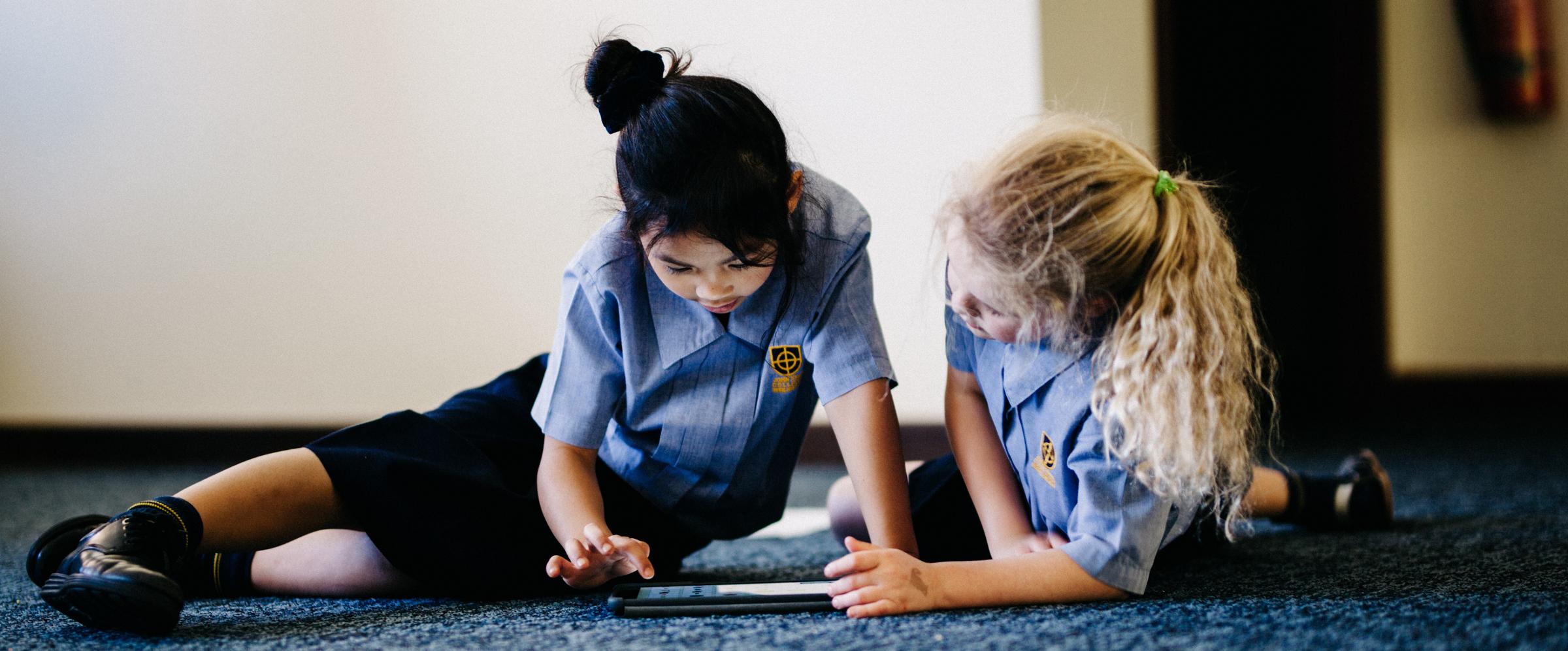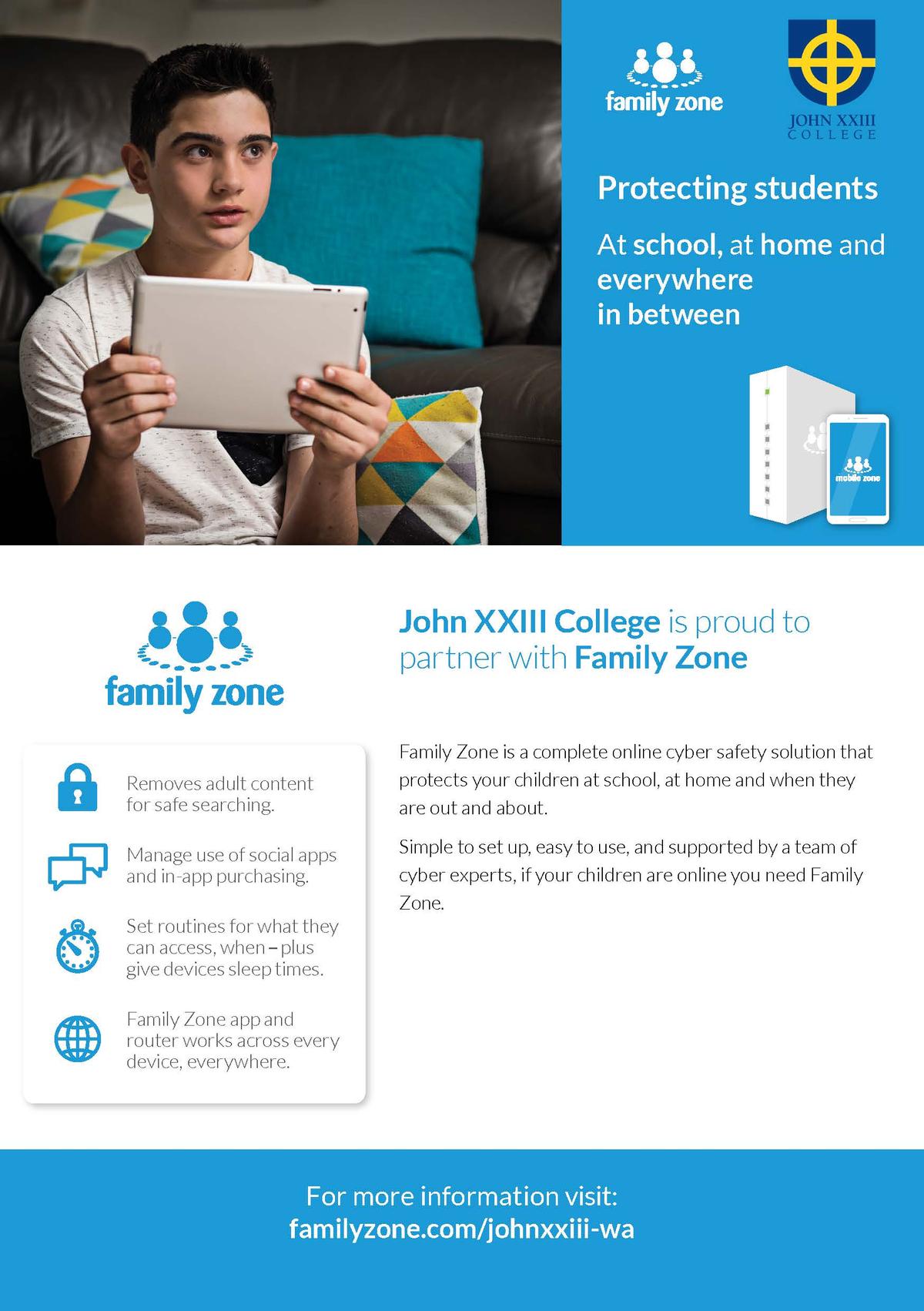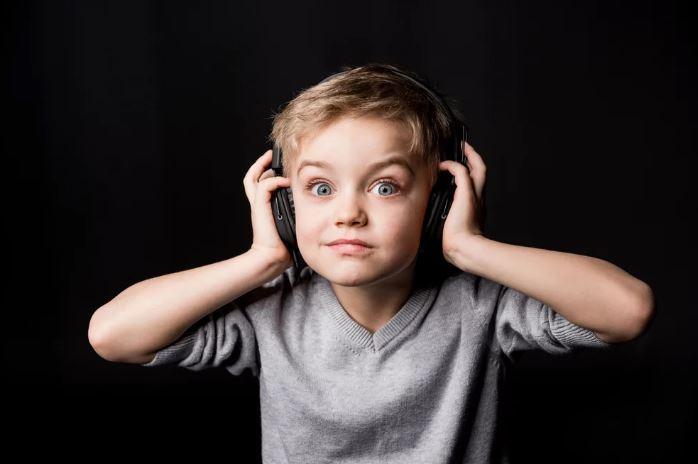Family Zone & Cyber Safety

Download Family Zone
Make use of the Family Zone Accounts which we are offering to John XXIII College families for free, as part of our College contract negotiations until April 2020.
By setting up a private Family Zone account, you can apply age-appropriate parental controls on every device your child has access to, in any location. To find out more visit https://www.familyzone.com/johnxxiii-wa
Family Zone Webinar recordings
For those that were unable to make the Family Zone webinars, we have recorded both sessions for you to view in your own time, and they are available here: https://www.familyzone.com/johnxxiii-wa
Webinar topics are:
- Getting Started with Family Zone
- Advanced with Family Zone
Wireless headphones: What parents need to know
More and more, our kids are using wireless listening devices, whether at home, at school, or on the go. But how safe are they, and what guidelines do experts recommend?
Concerns about a link between wireless devices and health risks were raised in 2015, when an international group of over 200 scientists raised the alarm over our increasing exposure to electromagnetic fields (EMF).
The risks they cited? Cancer, neurological disorders, reproductive issues, and memory and learning deficits.
Collectively, they appealed to the World Health Organization (WHO) to review their guidelines around EMF exposure.
Cell phones v. headphones
But the wireless devices of most concern were not headphones or earbuds but cell phones. In fact, the radiation emitted by the highest-quality wireless headphones is nearly 1000 times less than the average cell phone.
That’s because, while our phones need to communicate with distant towers to achieve connection, Bluetooth listening devices only connect to a nearby device.
What’s more, these listening devices - because they are placed directly in or on our ears - are actually protective against the EMF exposure, compared to holding a device close to the body.
That said, scientists have warned that there are no studies of prolonged and excessive use of wireless listening devices - and caution parents to restrict their children from prolonged exposure.
Hearing loss
But what about the impact on hearing? According to the Centers for Disease Control, an estimated 12.5 percent of kids aged 6-19 (and a whopping 17% of adults) have experienced hearing loss due to loud noise. And children who listen to digital audio at maximum volume through headphones are at highest risk.
Once such hearing loss occurs, it cannot be reversed.
Hearing loss can result from damage to structures and/or nerve fibers in the inner ear that respond to sound. This type of hearing loss, termed “noise-induced hearing loss,” is usually caused by exposure to excessively loud sounds and cannot be medically or surgically corrected. Noise-induced hearing loss can result from a one-time exposure to a very loud sound, blast, or impulse, or from listening to loud sounds over an extended period."
- The Centers for Disease Control
High-quality wireless listening devices that are made specifically for children often have built-in volume limits that are aimed at preventing hearing loss. But recent reports have found that some of them exceed their advertised limits. And perhaps more worryingly, savvy older children are often able to bypass the “kid-friendly” manufacturer’s limits.
Suggested guidelines
WHO recommends volume levels no higher than 85 decibels for children. To get a sense of that, consider that the average face-to-face conversation registers at around 60 dB.
Parents are also advised to limit children’s use of wireless headphones to no more than an hour at a time.


